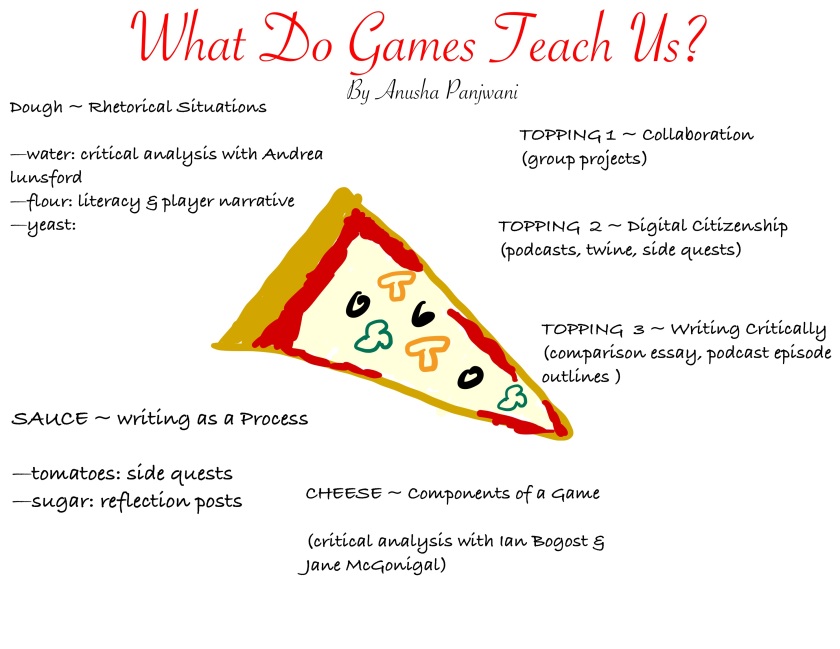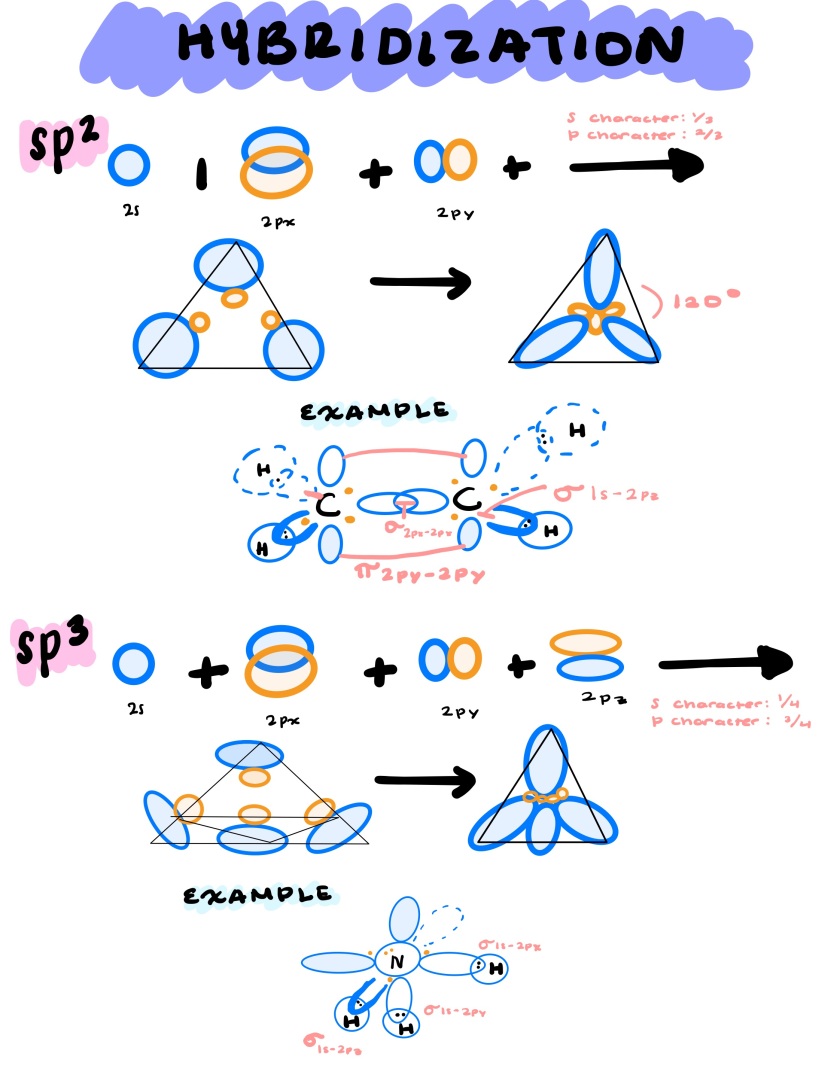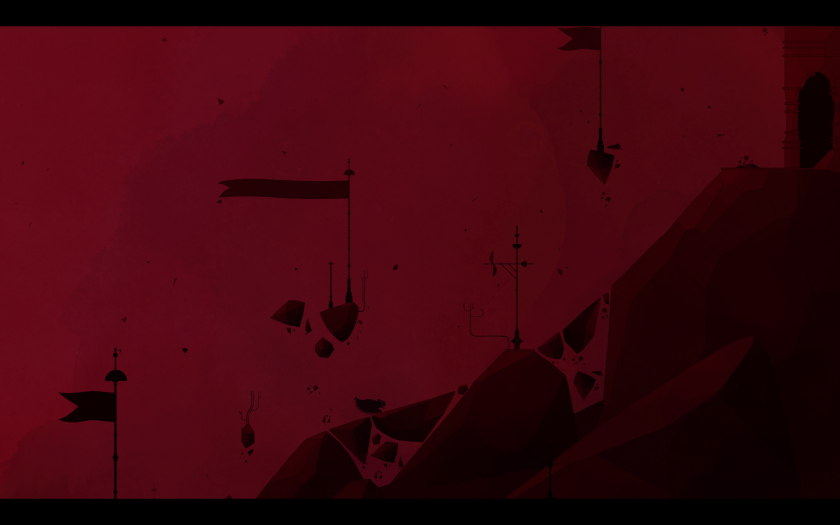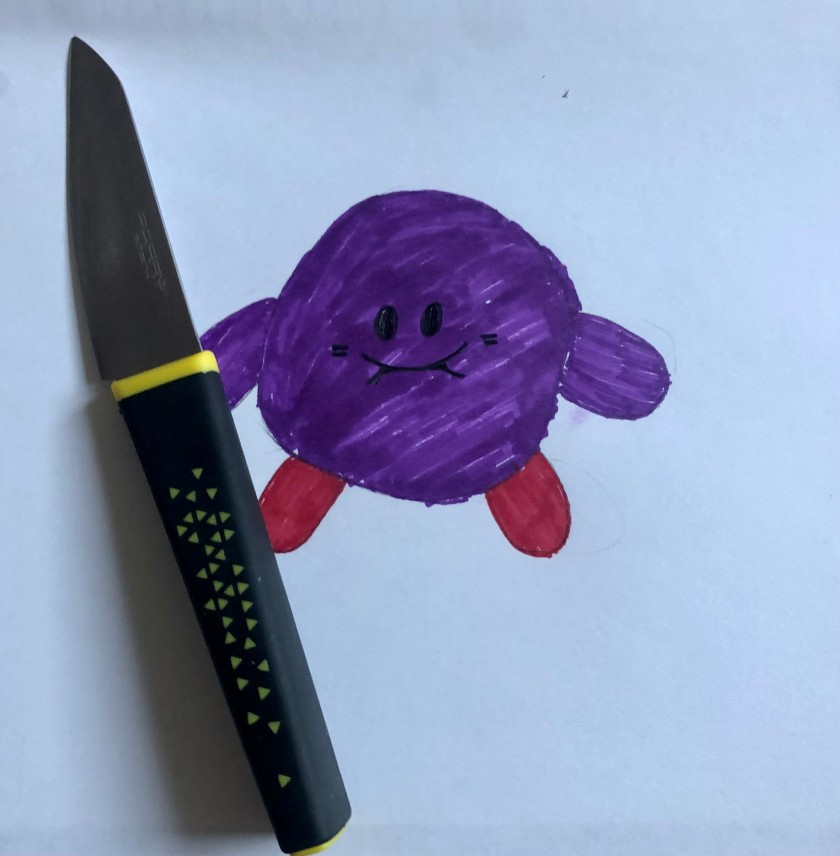The week our episode was due, I was initially stressed because creating a podcast is not something I had ever done before. Though, I am grateful for Hayden and Bob in how we all came together to produce an interesting and thoughtful episode.
Our first challenge was deciding on a game. While we did start somewhat in advance of the project, we admittedly were constrained by time. When we got together, we all came to consensus that foremost, we had to choose a game that we had all played. Hayden and Bob definitely had played more games than me, so it took a bit of narrowing down, but we did settle on Temple Run. I proposed it mainly because when I was looking for games, I found out that Temple Run is still one of the leading games on the Apple play store. It really does surprise me how games that are no longer in the mainstream view remain popular for quite a few years (in the case of Temple Run it was almost a decade). I wanted to explore this aspect as well as think about the mechanics of Temple Run because I felt that it spurred the era of 3-D simulator games. I was slightly hesitant about pursuing the game because it very much was so casual that it did not necessarily fit into the definition in this class. Though, retrospectively, I think this factor of Temple Run being somewhat of an odd game made it that much more interesting to explore in our episode, especially with the added aspect of the pandemic. We will not be exploring casual games for every episode, though, so for future weeks, we plan to choose games that we are necessarily familiar with.
We settled on roles based on our availability that week, and plan to switch for every episode. The responsibility was split up such that I, the producer, would be in charge of outlining the script of general ideas (including the sources) that we would cover as well as editing the episode. Hayden, the assistant producer, would be in charge of the transcript and Bob, the line producer, would create the cover picture and summary of the episode. We all, of course, contributed to the brainstorming of discussion topics and crafting of a main idea for the episode.
Looking back on my responsibilities, for the outline, I think I should have focused less on creating an actual script because our episode could have seemed more conversational. In terms of editing, I definitely do think I could have smoothed out the background noise or adjusted volumes more efficiently. Overall, however, the activity was more enjoyable than I had anticipated. I think being able to have the creative license to create something (video, podcast) has always been incredibly appealing to me, but I didn’t know how to even begin. After using Audacity and the Free Music Archive, I definitely see that I have areas to improve on, but I feel that operating the tools to create is not as much of a barrier as I thought it would be.




